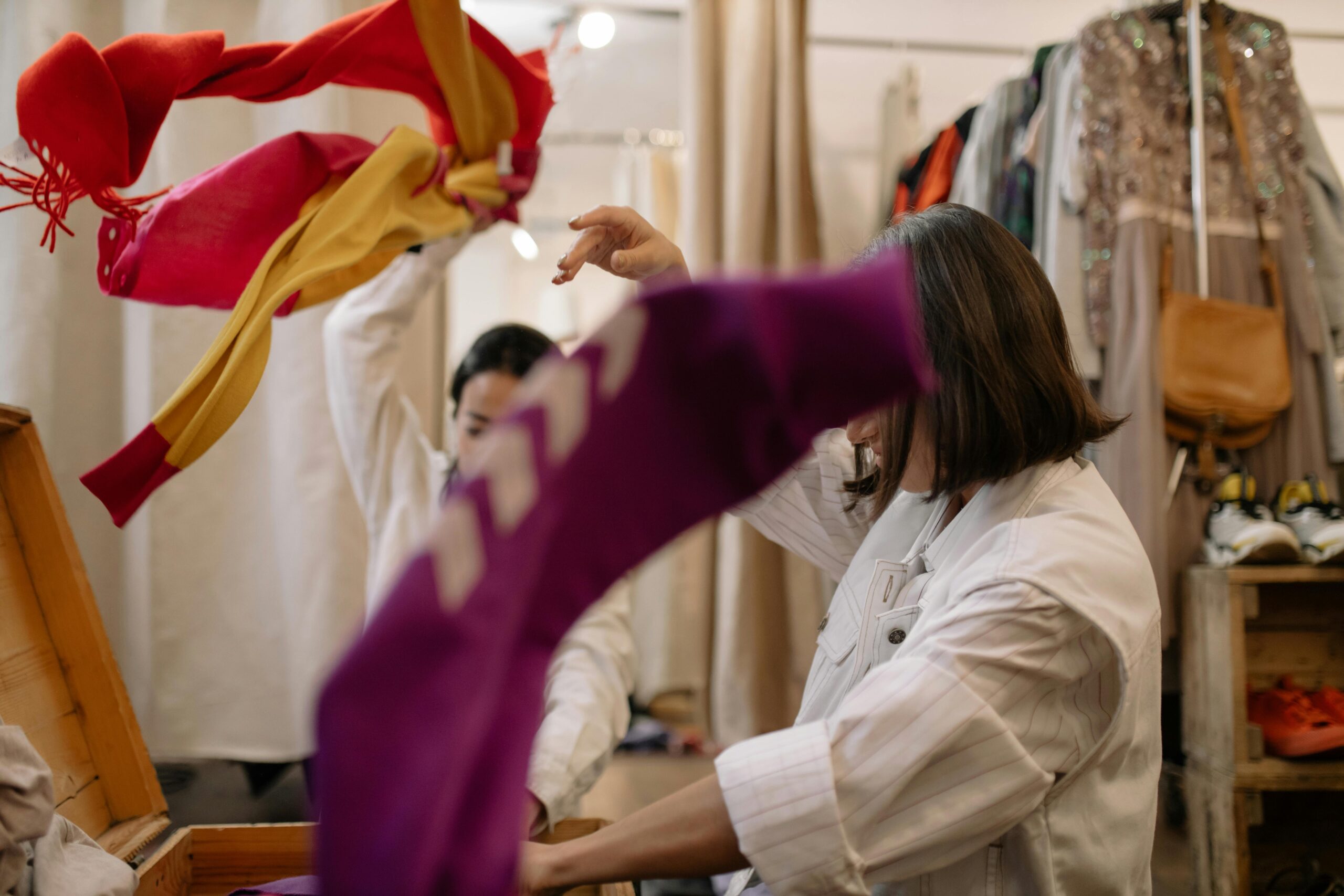
Self-confidence is the foundation of personal and professional success, enabling individuals to face challenges, pursue goals, and navigate life’s uncertainties with resilience. Unshakable self-confidence is not about being flawless or fearless but about cultivating a deep belief in your abilities and worth, regardless of external circumstances. This article provides practical strategies to build and sustain self-confidence, empowering you to thrive in any situation.
Understanding Self-Confidence
Self-confidence is the trust in your skills, judgment, and capacity to handle life’s demands. It’s a mindset that allows you to take risks, embrace opportunities, and recover from setbacks. Unshakable self-confidence goes beyond fleeting moments of assurance—it’s a consistent, grounded belief in yourself that withstands criticism, failure, or doubt. Building this level of confidence requires intentional effort, self-awareness, and practice.
Strategies for Building Unshakable Self-Confidence
1. Cultivate Self-Awareness
Understanding your strengths, weaknesses, and values is the first step toward unshakable confidence. Self-awareness helps you identify areas for growth while appreciating what makes you unique.
- Reflect on Your Strengths: Make a list of your accomplishments, skills, and qualities you’re proud of. For example, note moments when you solved a problem or helped someone.
- Acknowledge Weaknesses Without Judgment: Recognize areas where you can improve, but frame them as opportunities for growth rather than flaws. For instance, if public speaking is a challenge, view it as a skill to develop.
- Align with Your Values: Identify what matters most to you—such as integrity, creativity, or family—and let these values guide your decisions. Acting in alignment with your values builds inner confidence.
2. Challenge Negative Self-Talk
Negative thoughts can erode confidence, but you can reframe them with practice.
- Identify Negative Patterns: Pay attention to recurring self-critical thoughts, such as “I’m not good enough” or “I’ll fail.” Write them down to gain perspective.
- Replace with Positive Affirmations: Counter negative thoughts with evidence-based affirmations. For example, replace “I’m terrible at this” with “I’m learning and improving every day.”
- Practice Gratitude: Reflect daily on things you’re grateful for, including personal achievements or supportive relationships, to shift your focus toward positivity.
3. Set and Achieve Small Goals
Accomplishing goals, no matter how small, builds momentum and reinforces your belief in your abilities.
- Break Goals into Manageable Steps: Instead of aiming for a massive goal like “start a business,” start with smaller tasks, such as researching a business idea or creating a plan.
- Celebrate Progress: Acknowledge every milestone, like completing a project or learning a new skill, to boost your sense of accomplishment.
- Learn from Setbacks: Treat failures as learning opportunities. For example, if a presentation doesn’t go well, analyze what went wrong and how to improve next time.
4. Develop Competence Through Practice
Confidence grows when you build and demonstrate competence in areas that matter to you.
- Invest in Skill Development: Take courses, read books, or seek mentorship to improve skills relevant to your goals, such as leadership, communication, or technical expertise.
- Practice Consistently: Regular practice builds mastery and confidence. For instance, if you want to improve public speaking, join a group like Toastmasters or practice in front of a mirror.
- Seek Feedback: Constructive feedback from trusted peers or mentors can help you refine your skills and validate your progress.
5. Adopt a Growth Mindset
A growth mindset—the belief that abilities can be developed through effort—fosters resilience and confidence.
- Embrace Challenges: View challenges as opportunities to grow rather than threats. For example, take on a new project at work even if it feels intimidating.
- Reframe Failure: Instead of seeing failure as a reflection of your worth, see it as a step toward improvement. For instance, a rejected job application can teach you how to refine your resume.
- Stay Curious: Continuously seek new knowledge and experiences to expand your perspective and adaptability.
6. Take Care of Your Physical and Mental Health
Your physical and mental well-being directly impact your confidence.
- Exercise Regularly: Physical activity, such as walking, yoga, or strength training, boosts endorphins and improves self-image. Aim for 30 minutes of movement most days.
- Prioritize Sleep: Aim for 7–9 hours of quality sleep to enhance focus, mood, and resilience.
- Practice Mindfulness: Techniques like meditation or deep breathing reduce stress and help you stay grounded, making it easier to handle self-doubt.
7. Surround Yourself with Positive Influences
The people around you can either uplift or undermine your confidence.
- Build a Supportive Network: Connect with friends, family, or colleagues who encourage and inspire you. For example, join a professional group or community of like-minded individuals.
- Limit Toxic Influences: Distance yourself from people who criticize or belittle you. Set boundaries to protect your mental space.
- Seek Role Models: Observe confident individuals in your field or personal life and emulate their habits, such as how they handle challenges or communicate assertively.
8. Step Outside Your Comfort Zone
Growth and confidence come from taking risks and facing fears.
- Start Small: Take small steps, like speaking up in a meeting or trying a new hobby, to build courage gradually.
- Embrace Imperfection: Accept that mistakes are part of growth. For example, if you stumble during a presentation, focus on recovering gracefully rather than dwelling on the error.
- Track Your Progress: Keep a journal of times you’ve stepped out of your comfort zone and succeeded, reinforcing your ability to handle new challenges.
9. Practice Assertiveness
Being assertive—expressing your needs and opinions respectfully—builds confidence and earns respect.
- Use “I” Statements: Communicate your needs clearly, such as “I feel confident in my ability to lead this project” instead of staying silent.
- Say No When Necessary: Protect your time and energy by declining requests that don’t align with your priorities.
- Practice Active Listening: Show confidence by engaging fully in conversations, which also builds stronger connections.
10. Visualize Success
Visualization is a powerful tool for building confidence by mentally preparing for success.
- Picture Positive Outcomes: Before a big event, like a job interview, visualize yourself performing confidently and achieving your goal.
- Rehearse Scenarios: Mentally rehearse challenging situations, such as a difficult conversation, to feel more prepared.
- Create a Vision Board: Use images or words that represent your goals to stay motivated and focused on your potential.
Overcoming Common Barriers
Fear of Failure
Fear of failure can paralyze confidence. Reframe failure as a natural part of growth and focus on what you can control, such as your effort and preparation. For example, if a project doesn’t succeed, analyze what you learned and apply it next time.
Comparison to Others
Comparing yourself to others can erode confidence. Instead, focus on your unique journey and progress. If social media triggers comparison, curate your feed to include inspiring, positive content or take breaks when needed.
Perfectionism
Striving for perfection can lead to self-doubt. Embrace “good enough” and prioritize progress over flawlessness. For instance, submit a work project that’s well-done rather than delaying it to make it perfect.
The Long-Term Benefits of Unshakable Confidence
Personal Growth
Unshakable confidence empowers you to pursue ambitious goals, take risks, and embrace new opportunities, leading to continuous personal growth.
Stronger Relationships
Confidence enhances communication and assertiveness, fostering healthier relationships with family, friends, and colleagues.
Professional Success
Confident individuals are more likely to take initiative, lead effectively, and navigate workplace challenges, paving the way for career advancement.
Resilience
Unshakable confidence equips you to handle setbacks with grace, recover quickly, and stay focused on your long-term vision.
Addressing Misconceptions
Myth: Confidence Is Innate
Confidence is not something you’re born with—it’s built through effort, experience, and mindset shifts. Anyone can develop it with practice.
Myth: Confident People Never Doubt Themselves
Even the most confident individuals experience doubt. The difference is they don’t let doubt stop them; they act despite it.
Myth: Confidence Equals Arrogance
True confidence is rooted in self-awareness and humility, not superiority. It’s about believing in yourself while respecting others.
Conclusion
Building unshakable self-confidence is a journey that requires self-awareness, practice, and resilience. By cultivating a growth mindset, challenging negative thoughts, setting achievable goals, and stepping outside your comfort zone, you can develop a deep, enduring belief in your abilities. Surrounding yourself with positive influences, prioritizing well-being, and embracing imperfection further strengthen your confidence. With these strategies, you can navigate life’s challenges with poise, pursue your dreams boldly, and inspire others along the way. Unshakable confidence is not about being perfect—it’s about trusting yourself to rise, adapt, and thrive in any circumstance.

